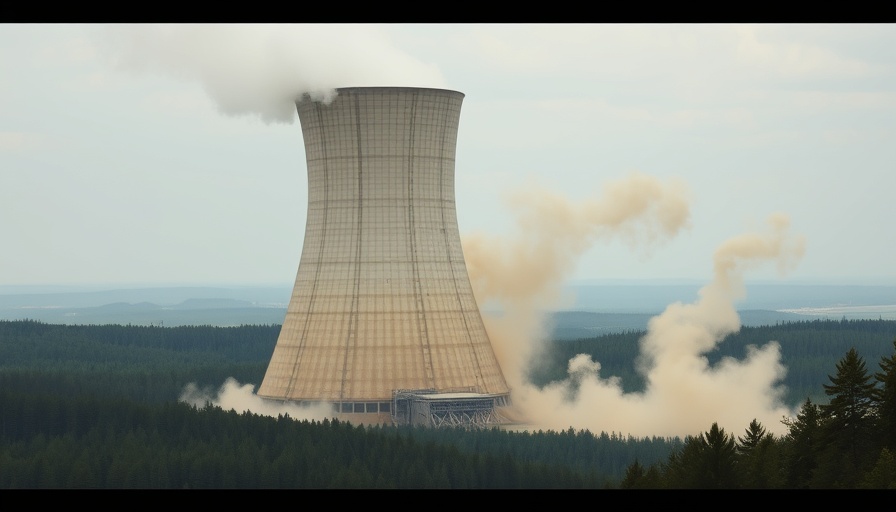
American Demolition's Impact in Nuclear Decommissioning
In an ever-evolving landscape of construction and demolition, American Demolition & Nuclear Decommissioning stands out as a leader in safety and innovation. With a history rooted in addressing hazardous materials, the firm has carved a niche in nuclear decommissioning, where the stakes are extraordinarily high. Their journey began when Bill Schaab, leveraging his extensive experience with asbestos, transitioned to handling nuclear materials, understanding that regulations in this field are significantly more demanding.
The Visionaries Behind the Company
Founded in 2004 by Schaab and joined by nuclear veteran William Sundeen, the company embodies a blend of experience and dedication to safety. Sundeen’s background in the Navy, where he specialized in nuclear weapons, adds a layer of expertise that is crucial for navigating the complexities of nuclear decommissioning. Together, they set the standard for safety in a sector where even minor oversights can have catastrophic consequences.
A Culture of Safety and Compliance
American DND's commitment to safety is reflected in its impressive record: over 750,000 work hours without a single OSHA reportable incident. This achievement is not merely about compliance; it speaks to the overarching culture within the company, where safety is prioritized and ingrained in every level of operation. From rigorous training to innovative equipment designs aimed at improving safety, the firm ensures that protocols are not just observed, but perfected.
Innovative Approaches to Demolition
What distinguishes American DND is their forward-thinking approach to demolition. The pair have engineered specialized equipment that meets their unique needs, paving the way for others in the industry. For Bill and William, technology isn't just a tool—it's a transformative force in how demolition can be conducted safely and efficiently. This relentless pursuit of improvement not only benefits their projects but also sets new standards for the entire demolition industry.
A Notable Recognition
For these reasons, American Demolition & Nuclear Decommissioning was honored as Equipment World's 2025 Contractor of the Year, receiving accolades for both their operational excellence and commitment to safety. This acknowledgment not only highlights their past successes but also positions them as front-runners in a niche sector crucial to public safety and environmental health.
Insights for Future Demolition Projects
Business owners and facility managers looking to engage in demolition, particularly in complex environments such as nuclear sites, can glean valuable lessons from American DND’s experiences. The emphasis on thorough regulations review, safety culture promotion, and innovative solutions can be adapted to various projects. As industries prioritize sustainable and safe practices, the example set by American DND offers a blueprint for other firms to follow.
In an era where health consciousness is paramount, understanding the intricacies of demolition—especially those involving hazardous materials—becomes vital for ensuring community and employee safety. As we look toward the future, the learnings from American DND resonate loudly: safety and innovation can indeed coexist in the rigorous world of nuclear demolition.
 Add Row
Add Row  Add
Add 




Write A Comment